Giant Siberian 'Gateway to Hell' has tripled in size and scientists believe 'we can learn' a lot from it
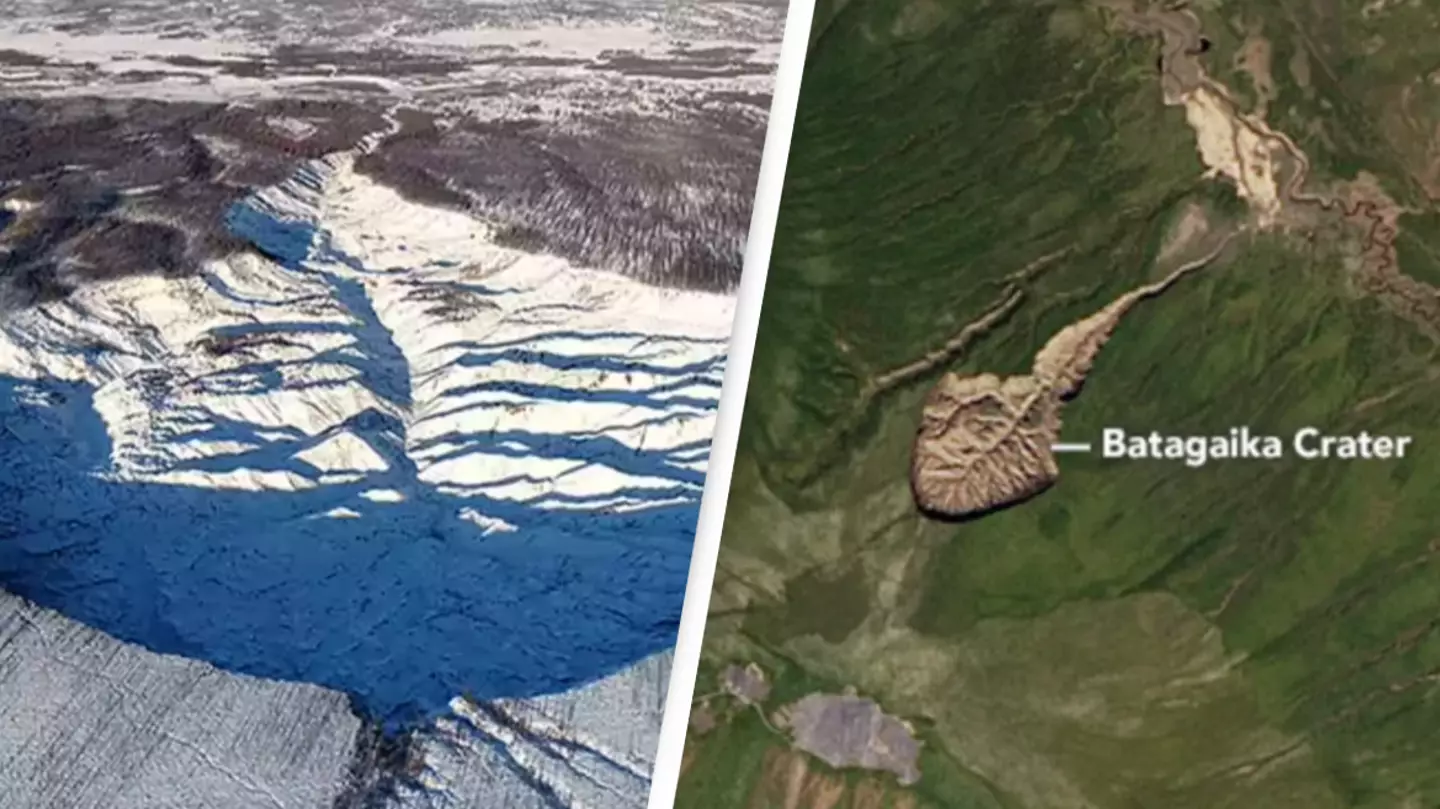
The Batagay crater was first discovered in the 1990s Niamh Shackleton A giant megaslump in Siberia could prove beneficial to the future of science. Known as the 'Gateway to Hell', the Batagay megaslump is the biggest permafrost crater in the world and it's getting bigger as each year goes by. The crater formed in the 1960s after its permafrost began to thaw, but it was not until 1991 that researchers came across the remote pit with the help of satellite images . The Batagay crater is located in northern Yakutia, Russia (NASA Earth Observatory) As to what has caused the permafrost to the thaw, it'll probably come as no surprise to you that it's all climate change related. Permafrost like the one at Batagay is described as 'frozen dirt underground, which by definition you often can't see unless it's been exposed somehow', Roger Michaelides, a geophysicist at Washington University in St. Louis. Louis. Louis, told Business Insider. Apparently there are thousands of slumps like these across the Artic, but it's the sheer size of Batagay crater that earned itself the title of a 'megaslump'. Studies have shown that the slump grows a concerning one million cubic meters every year and, as of last year, the 'Gateway to Hell' stretched to 3,250 feet (990m) wide. The huge crater started forming in the 1960s (Alexander Kizyakov, Lomonosov Moscow State University) Undeniably, the thawing that's affecting many parts of the globe isn't a good thing as the process ultimately releases gases like carbon dioxide and methane, but scientists are hopeful that the Batagay megaslump could help them learn about such craters. Michaelides said:
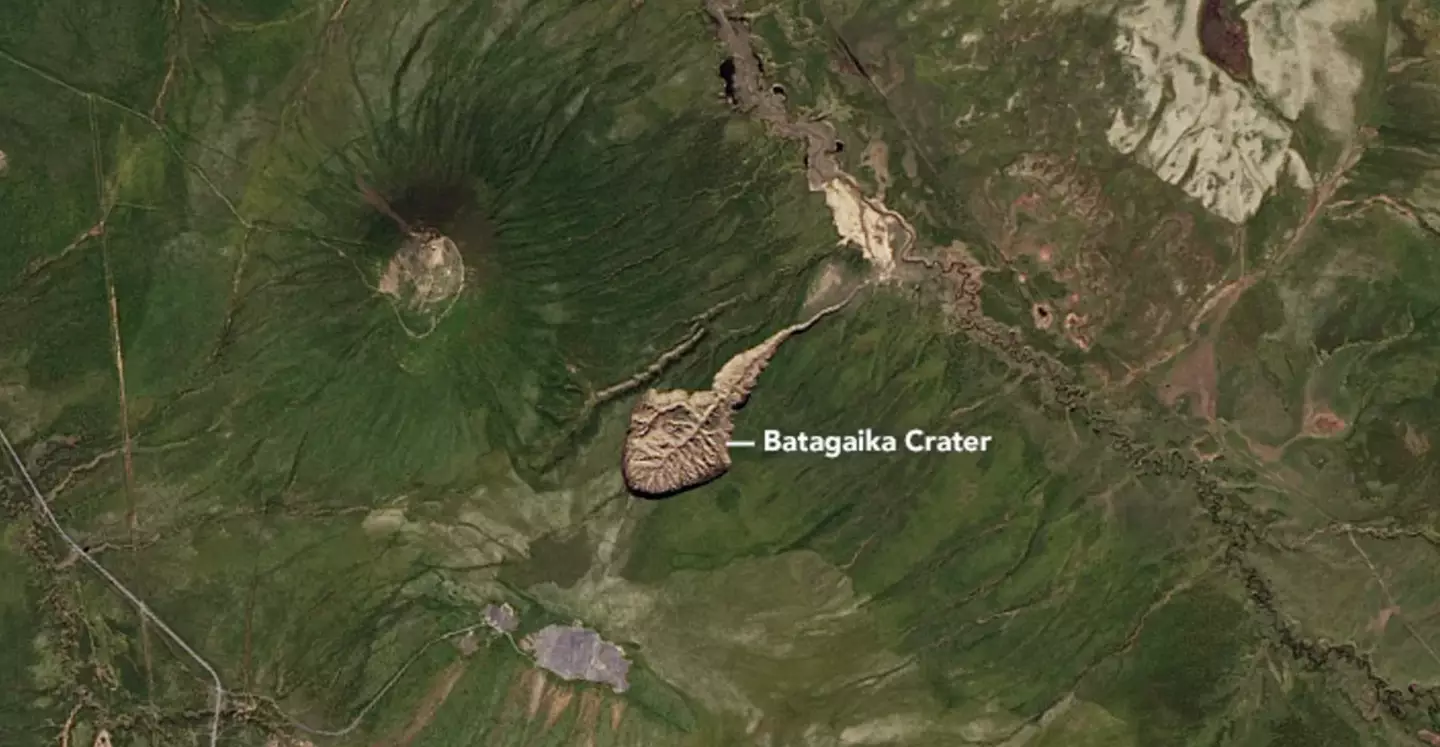
"I think there is a lot we can learn from Batagaika, not only in terms of understanding how Batagaika will evolve with time, but also how similar features might develop and evolve over the Arctic. " Even if they're a tenth or a hundredth the size of Batagaika, the physics is fundamentally the same. " Professor Julian Murton, a geologist at the University of Sussex, has echoed similar sentiments previously and said that the megaslump will 'provide a view to what has happened in the past. And what is likely to happen in the future'. This will not stop Batagay releasing around 4,000 to 5,000 tons each year .it's predicted that the giant crater could emit 'as much planet-warming gases as a large industrial nation by 2100' if we do not start making climate change friendly changes as soon as possible.
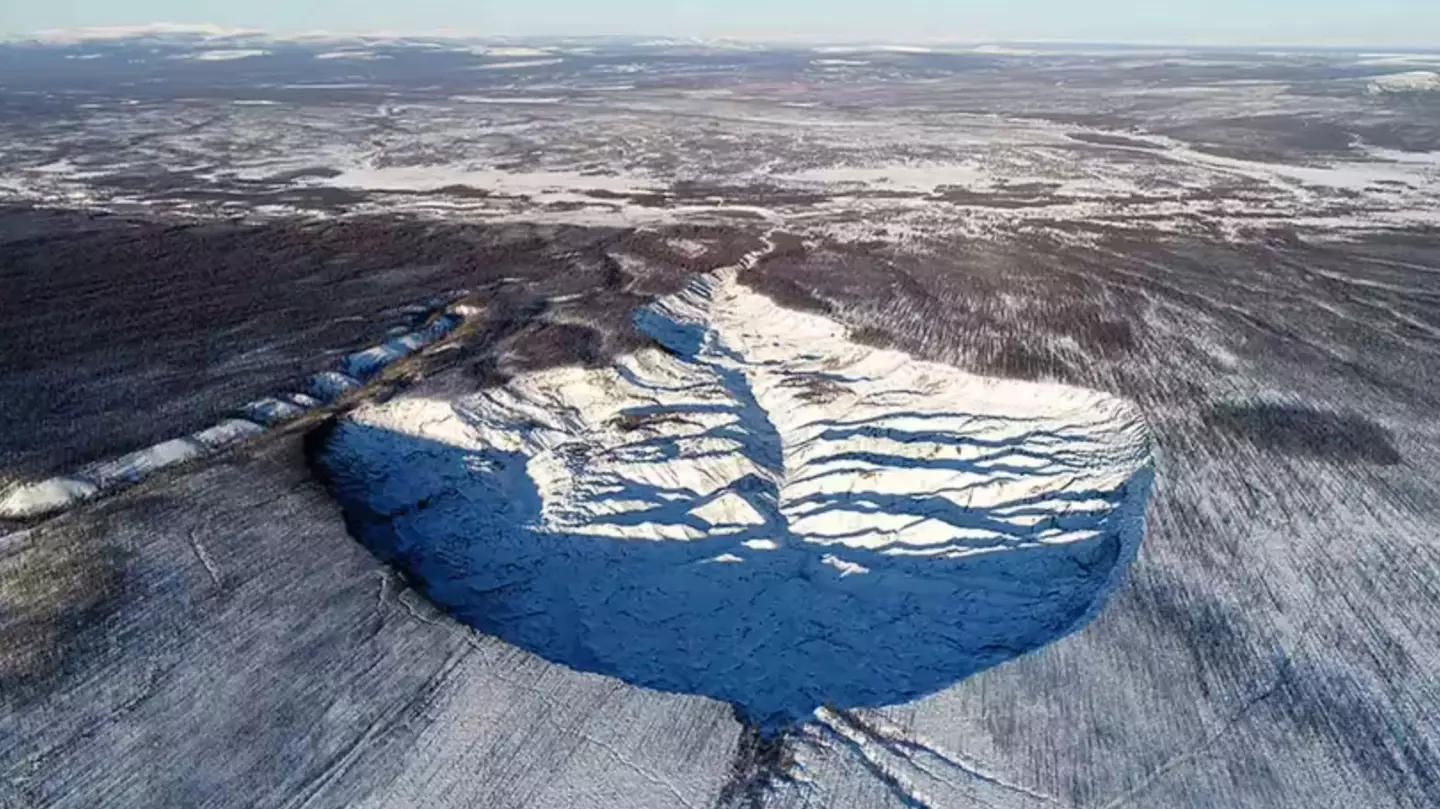
Worryingly, as well as releasing greenhouse gases, thawing permafrost could potentially engulf the loosened ground around it. This is a huge concern for some parts of Russia as 65 percent of the country is made up of permafrost.Featured Image Credit: Alexander Kizyakov, Lomonosov Moscow State University / NASA Earth Observatory
Topics: Climate Change , Environment , Russia , Science , News , World News
Atlantic Ocean could be swallowed by 'Ring of Fire' after scientists analyze 'sleeping' subduction zone

"I think there is a lot we can learn from Batagaika, not only in terms of understanding how Batagaika will evolve with time, but also how similar features might develop and evolve over the Arctic. " Even if they're a tenth or a hundredth the size of Batagaika, the physics is fundamentally the same. " Professor Julian Murton, a geologist at the University of Sussex, has echoed similar sentiments previously and said that the megaslump will 'provide a view to what has happened in the past. And what is likely to happen in the future'. This will not stop Batagay releasing around 4,000 to 5,000 tons each year .it's predicted that the giant crater could emit 'as much planet-warming gases as a large industrial nation by 2100' if we do not start making climate change friendly changes as soon as possible.

Worryingly, as well as releasing greenhouse gases, thawing permafrost could potentially engulf the loosened ground around it. This is a huge concern for some parts of Russia as 65 percent of the country is made up of permafrost.Featured Image Credit: Alexander Kizyakov, Lomonosov Moscow State University / NASA Earth Observatory
Topics: Climate Change , Environment , Russia , Science , News , World News
Atlantic Ocean could be swallowed by 'Ring of Fire' after scientists analyze 'sleeping' subduction zone
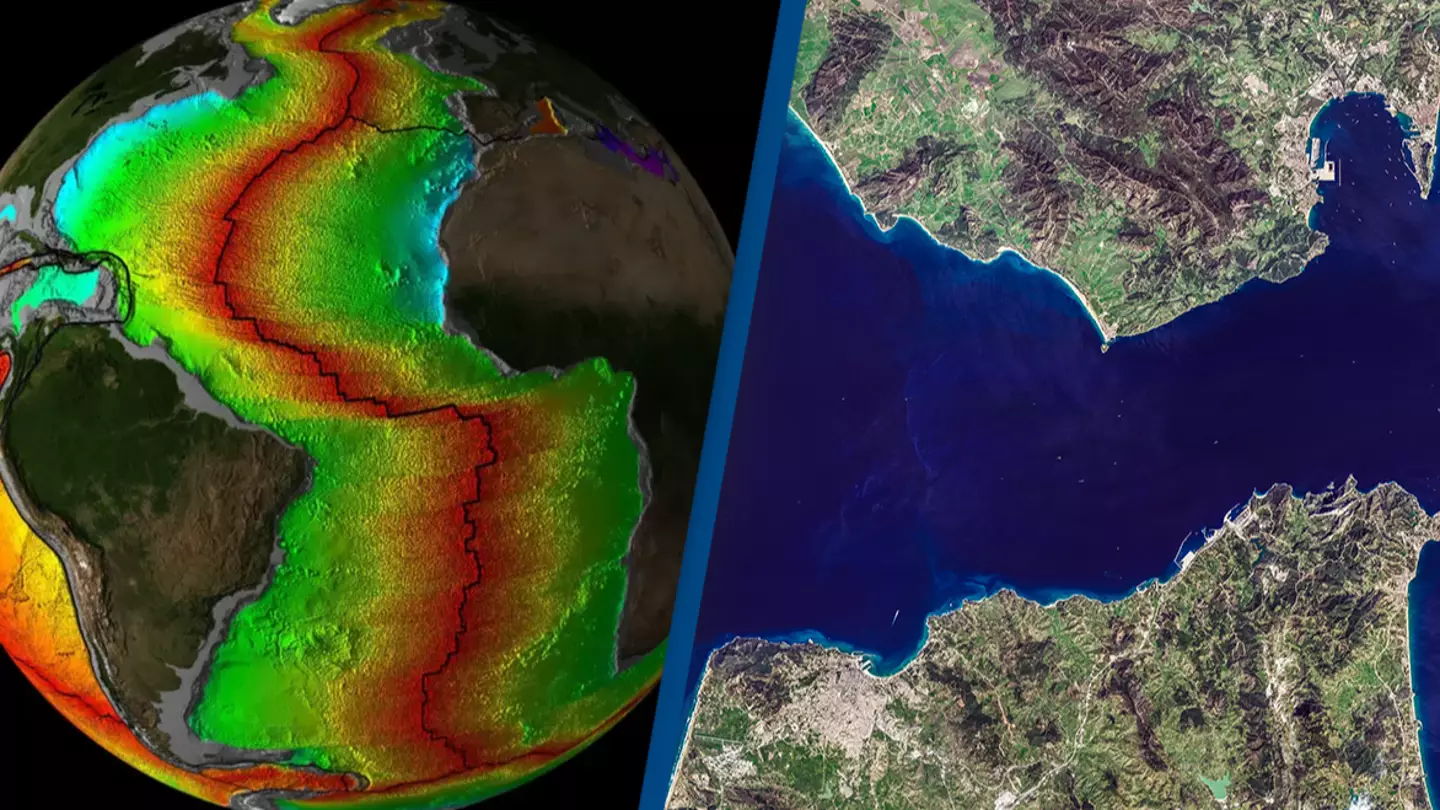
It might take a few million years, but our planet could look very different Emily Brown We all know the Atlantic Ocean, right? The big thing that separates the US and Europe? Well, it turns out it could get swallowed up entirely. It might sound like something out of a sci-fi movie , but it's actually a real finding from a study led by João Duarte, a professor in tectonics at the Faculty of Sciences of the University of Lisbon, Portugal . Getty Stock Photo In the study, the scientists looked at a subduction zone, which is located beneath the Gibraltar Strait between Spain and Morocco . Subduction zones are locations on Earth where one plate is pushed below another plate. Beneath the Gibraltar Strait, the African plate is subducting below the Eurasian plate - only it's happening 'very very slow' at the moment.
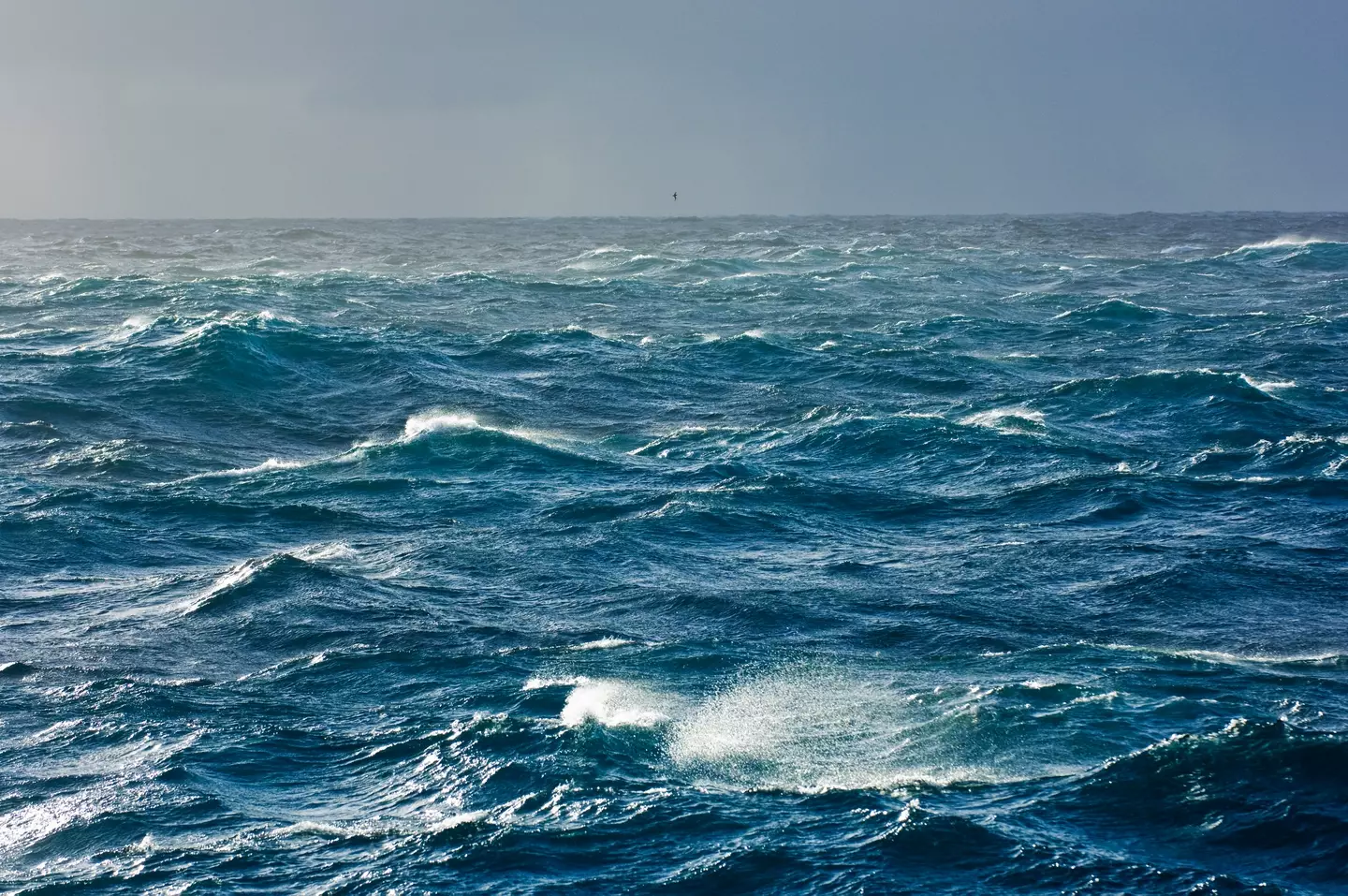
However, Duarte and his colleagues have warned that if 'new subduction zones' form, they could swallow up entire oceans. And according to them, the process might already be underway with the Atlantic. Speaking to the Mail Online, Professor Duarte said : "We have good reason to think that the Atlantic is starting to close. " Subduction zones are what cause the oceans to close, by pulling their ocean floor back into the mantle, bringing the continents together. . . . " Getty Stock Photo While the subduction zone below the Gibraltar Strait is currently about 125 miles long, it could eventually reach a length of about 500 miles. Admittedly it might take approximately 20 million years for it to do so, but the team were able to Use computer modeling to simulate the life of the subduction zone and anticipate how it might progress in the future.
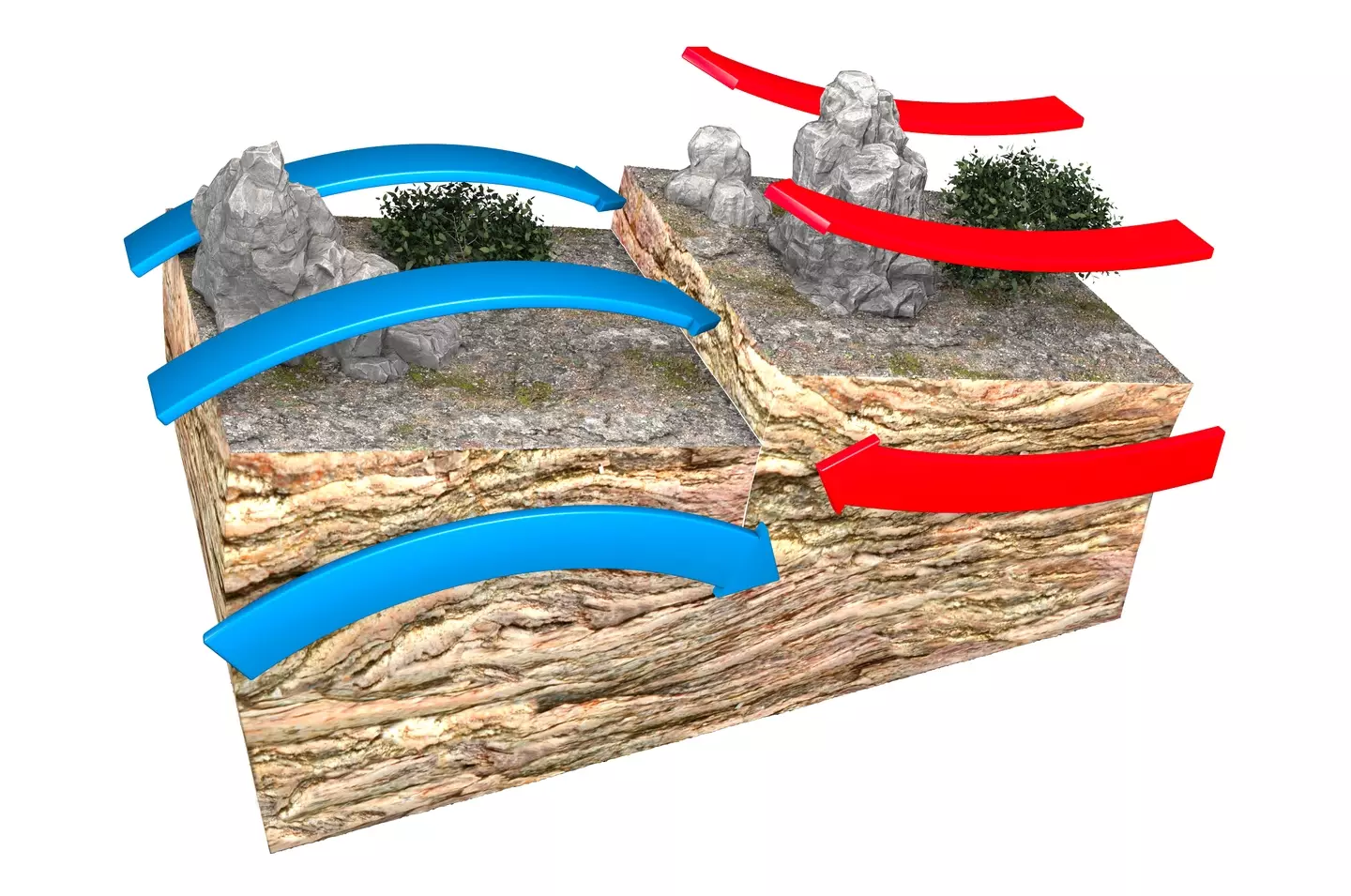
Using the model, the scientists predicted the zone will move westwards and form a new Atlantic subduction system known as the 'Ring of Fire'.
As the subduction continues, it will shrink the basin of the ocean and effectively 'close up' the Atlantic.
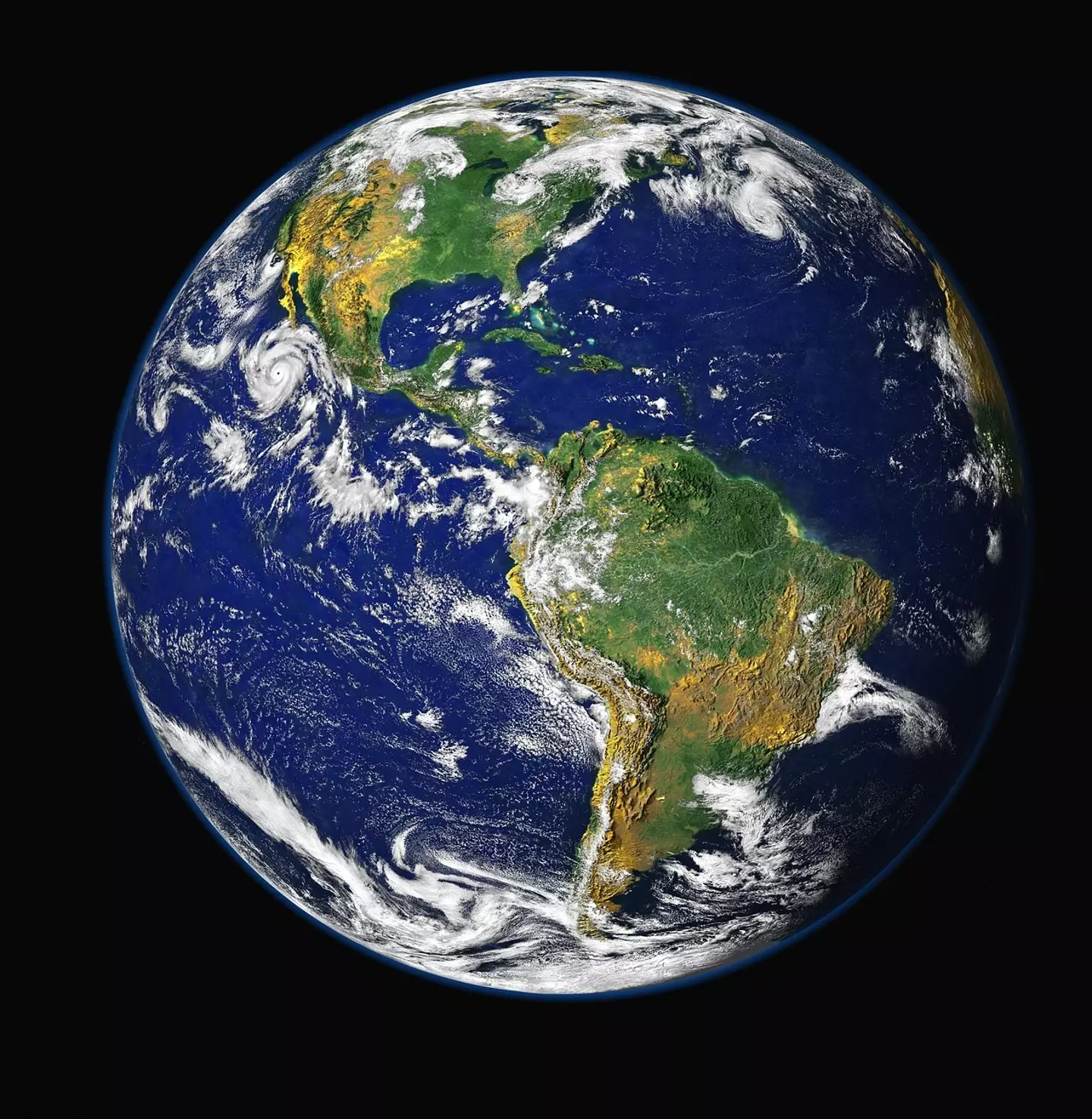
Pixabay
In the study, published in the journal Geology, the researchers said: "The results suggest that the arc will propagate farther into the Atlantic after a period of quiescence (inactivity).
" The models also show how a subduction zone starting in a closing. . ocean can migrate into a new opening ocean through a narrow oceanic corridor.
"Subduction invasion is likely a common mechanism of subduction initiation in Atlantic-type oceans and a fundamental process in the recent geological evolution of Earth."
So, while we've got a good few million years left to enjoy the Atlantic Ocean, the landscape could look very different for future generations. Better snap those sunset-ocean pics while we can! Featured Image Credit: Mr. Elliot Lim, CIRES & NOAA / NCEI / Satellite Earth Art / Getty
Topics: Science , Environment , Climate Change , Nature
Scientists left seriously alarmed after world smashes through key barrier for first time. in history
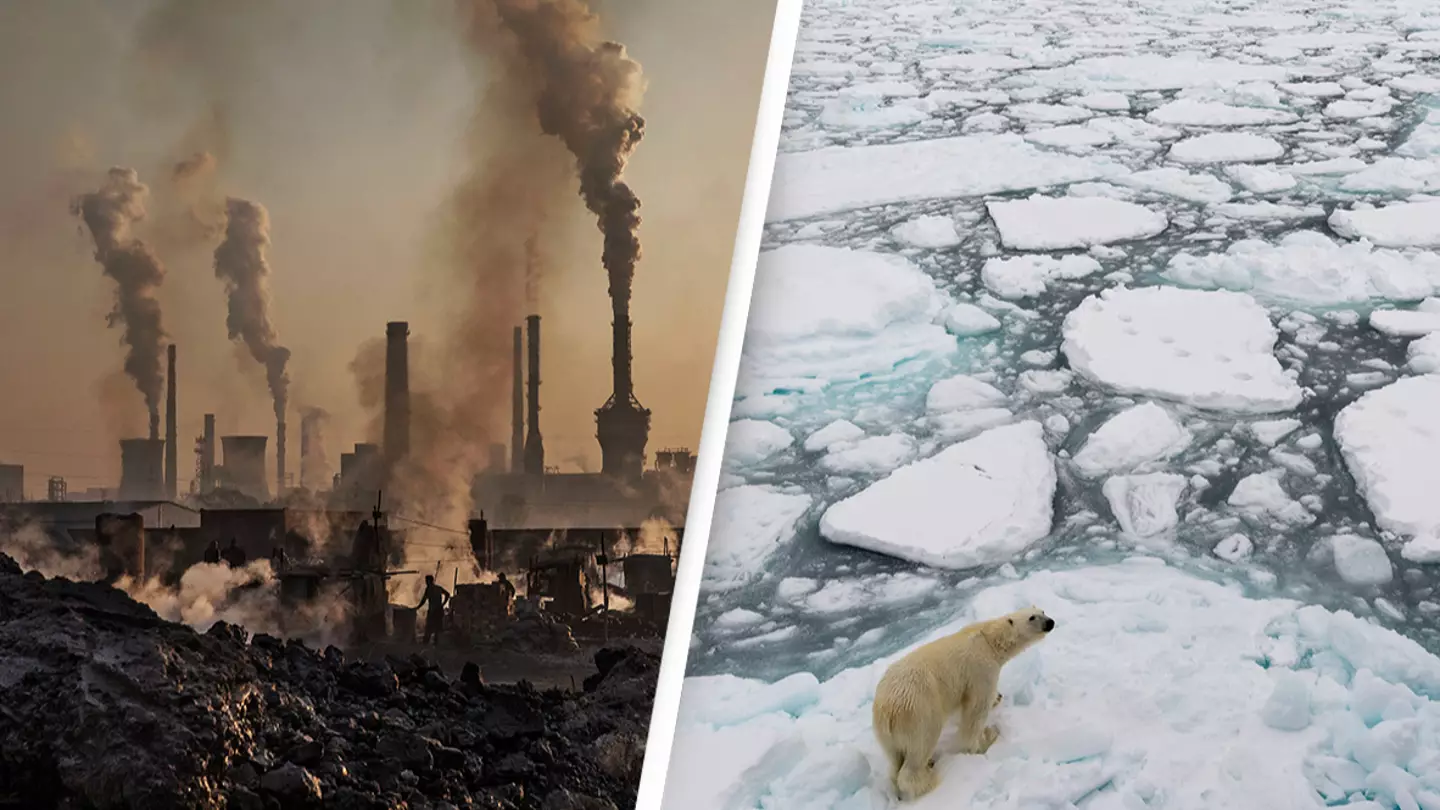
In the study, published in the journal Geology, the researchers said: "The results suggest that the arc will propagate farther into the Atlantic after a period of quiescence (inactivity).
" The models also show how a subduction zone starting in a closing. . ocean can migrate into a new opening ocean through a narrow oceanic corridor.
"Subduction invasion is likely a common mechanism of subduction initiation in Atlantic-type oceans and a fundamental process in the recent geological evolution of Earth."
So, while we've got a good few million years left to enjoy the Atlantic Ocean, the landscape could look very different for future generations. Better snap those sunset-ocean pics while we can! Featured Image Credit: Mr. Elliot Lim, CIRES & NOAA / NCEI / Satellite Earth Art / Getty
Topics: Science , Environment , Climate Change , Nature
Scientists left seriously alarmed after world smashes through key barrier for first time. in history

Scientists have been warning for decades that it could have a catastrophic impact Rhianna Benson Scientists have this week sounded the alarm following a startling revelation which could have disastrous consequences for the planet. The worrisome news was announced just two weeks ahead of the launch of the COP28 climate conference in Dubai on 12 December, which will see countries around the world taking stock of their progress towards the Paris Climate Agreement pledge. This promises to limit global warming so that it does not go more than just over the pre-industrial temperature - before humans began burning fossil fuels on a larger scale, which in turn altered the planet's natural climate. Despite this world promise, scientists assessing the temperature of planet Earth have discovered that the situation is significantly worse than they ever could have imagined. This is because Earth's temperature has now risen above the crucial threshold that experts have been warning humans about for decades. According to scientists , breaking this barrier is almost guaranteed to have both catastrophic and irreversible impacts on the planet and its ecosystems . Wolfgang Kaehler / LightRocket via Getty Images
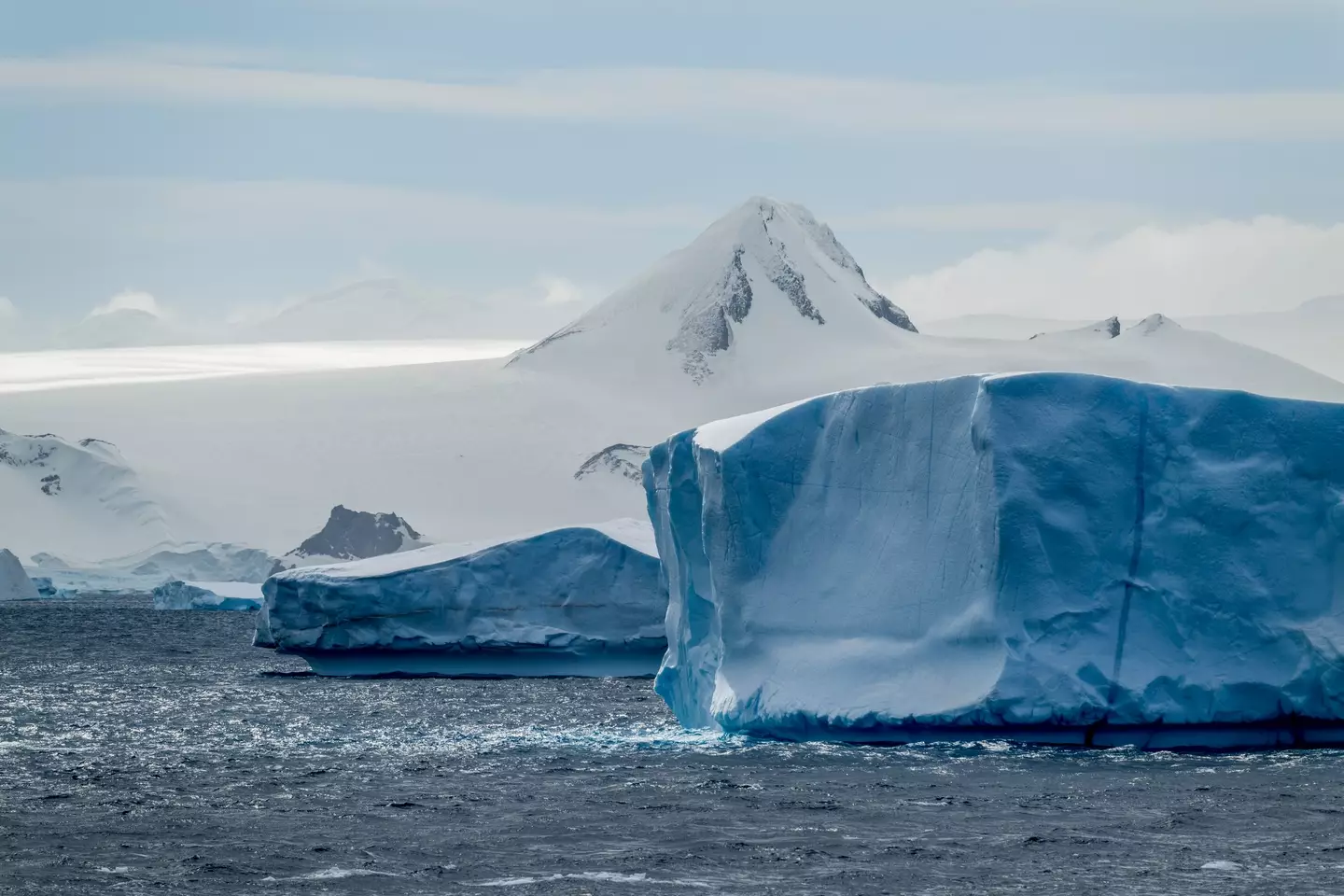
For the first time in Earth's history, preliminary data shared on X - formerly known as Twitter - shows that the global average temperature on Friday 17 November was a concerning two degrees hotter than levels before industrialization.
Samantha Burgess - deputy director of the Copernicus Climate Change Service - shared the alarming news on social media .
Though the threshold was only crossed temporarily - and therefore does not subsequently mean that the world is in a permanent state of warming - it is a symptom of the planet getting hotter and hotter.
Moving towards a longer-term solution - which will see the climate crisis impacted - will also be significantly harder, and in some cases, difficult, to reverse.

Pexels
Burgess warned the world via social media last week: "Our best estimate is that this was the first day when global temperature was more than 2 ° C above 1850-1900 (or pre-industrial) levels, at 2.06 ° C."
She added that global temperatures on Friday averaged 1.17 degrees above 1991-2020 levels, making it the warmest 17 November on record.
Compared to pre-industrial times, however, the temperature was 2.06 degrees warmer.
She also explained to CNN, however, that one day above two degrees of warming 'does not mean that the Paris Agreement has been breached', but 'highlights how we are approaching those internationally agreed limits'.
Burgess warned the world via social media last week: "Our best estimate is that this was the first day when global temperature was more than 2 ° C above 1850-1900 (or pre-industrial) levels, at 2.06 ° C."
She added that global temperatures on Friday averaged 1.17 degrees above 1991-2020 levels, making it the warmest 17 November on record.
Compared to pre-industrial times, however, the temperature was 2.06 degrees warmer.
She also explained to CNN, however, that one day above two degrees of warming 'does not mean that the Paris Agreement has been breached', but 'highlights how we are approaching those internationally agreed limits'.
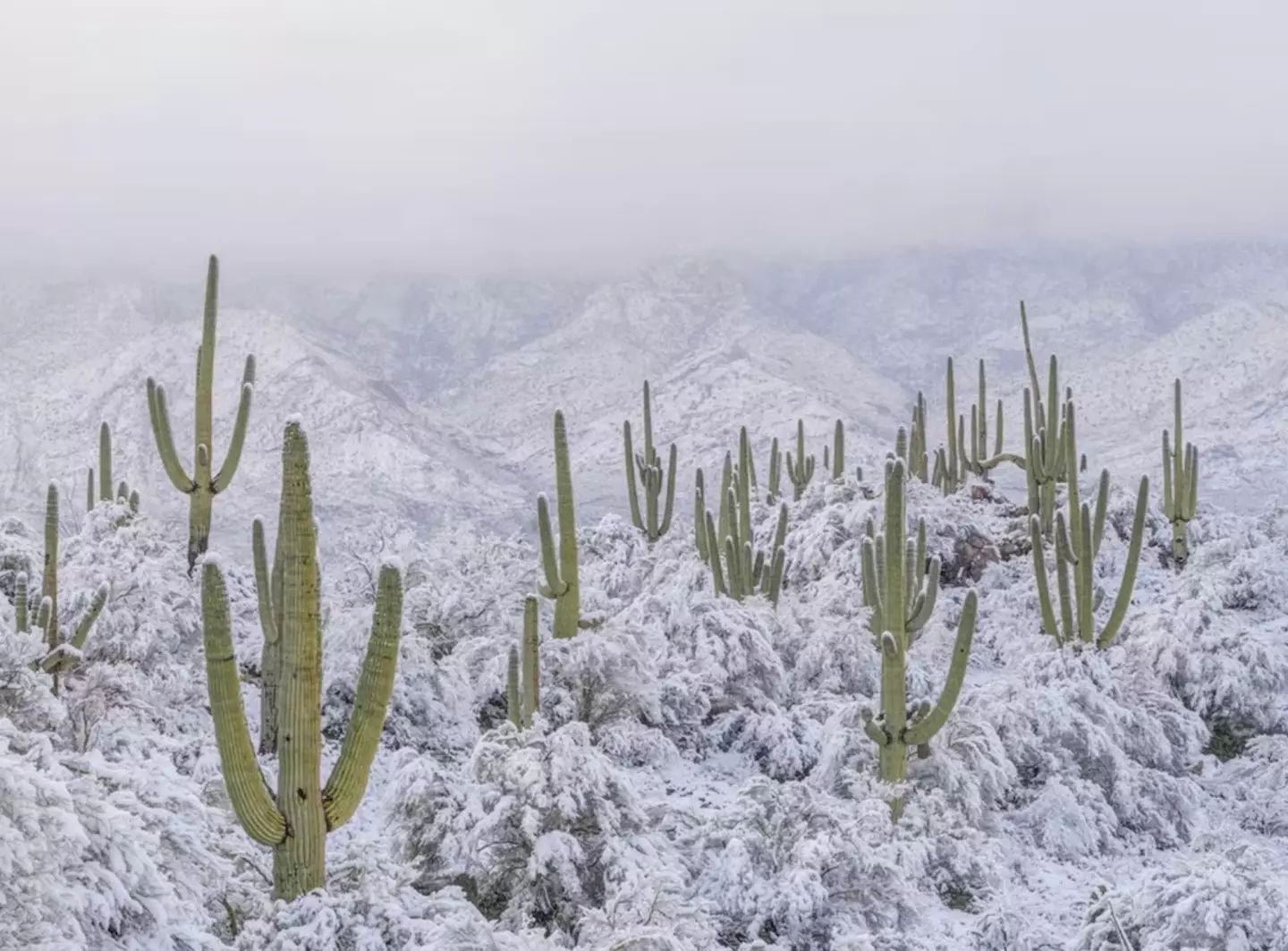
Jack Dykinga / Nature Picture Library
"We can expect to see increasing frequency of 1.5 degree and 2 degree days over the coming months and years."
According to scientists, however, the world already appears to be on track to breach 1.5 degrees of warming on a longer-term basis in the next few years.
They add that going beyond this threshold will mean that both humans and whole ecosystems will struggle to adapt.
By going up two degrees, far more of the population will be at risk of extreme deadly weather, and this increases the likelihood of the planet reaching irreversible tipping points.
This could see the collapse of the polar ice sheets and mass death of the coral reefs.Featured Image Credit: Kevin Frayer / Delta Images / Getty Images
Topics: Climate Change , Science , Environment Underwater drone discovers giant structures underneath antarctic ice before going missing
"We can expect to see increasing frequency of 1.5 degree and 2 degree days over the coming months and years."
According to scientists, however, the world already appears to be on track to breach 1.5 degrees of warming on a longer-term basis in the next few years.
They add that going beyond this threshold will mean that both humans and whole ecosystems will struggle to adapt.
By going up two degrees, far more of the population will be at risk of extreme deadly weather, and this increases the likelihood of the planet reaching irreversible tipping points.
This could see the collapse of the polar ice sheets and mass death of the coral reefs.Featured Image Credit: Kevin Frayer / Delta Images / Getty Images
Topics: Climate Change , Science , Environment Underwater drone discovers giant structures underneath antarctic ice before going missing
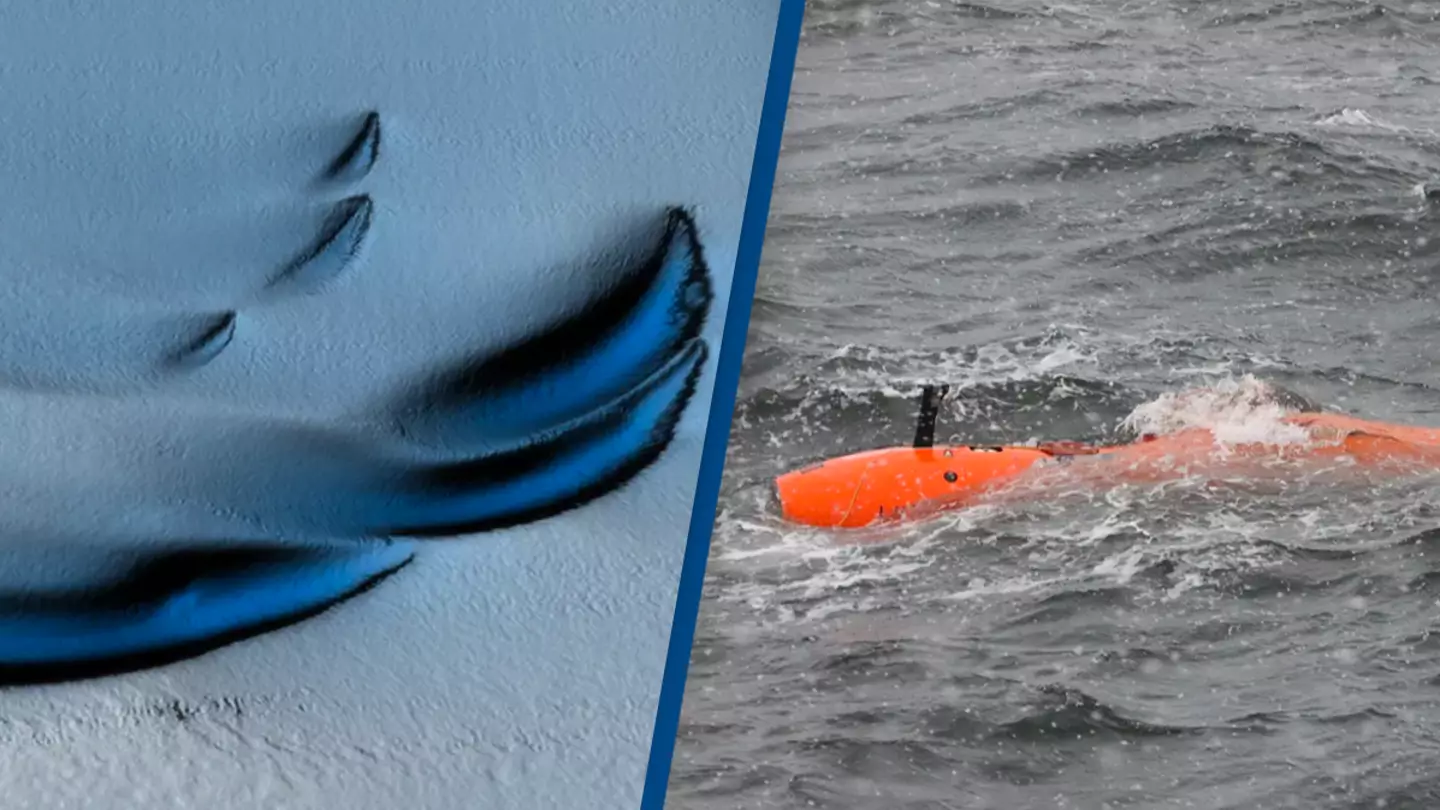
An underwater drone has provided the 'first detailed maps of the underside of a glacier' in Antarctica Poppy Bilderbeck A research team has revealed its unmanned submarine picked up detailed images of an underwater. glacier but the vehicle has since gone missing.
In January earlier this year, a team of researchers from the University of Gothenburg in Sweden traveled to Dotson Ice Shelf in Antarctica to repeat initial field work surveys conducted in 2022, sending an underwater drone called 'Ran' underneath and into a cavity of Dotson ice. . shelf in West Antarctica.
The mission
The Dotson ice shelf - a floating sheet of ice permanently attached to a land mass between Martin Peninsula and Bear Peninsula - was first mapped by the US Geological Survey in January 1947, however, the mapping was obtained via air photographs.
The University of Gothenburg's team has been working to map the ice shelf using underwater technology with the drone, named Ran, able to scan the ice above 'with an advanced sonar system,' the universities' website states .
Ran was programmed to dive into the cavity of the Dotson ice shelf and was underwater for 27 days, traveling over 1,000 kilometers to-and-fro under the glacier, as well as 17 kilometers into the cavity.
And the journey paid off - mostly.
In January earlier this year, a team of researchers from the University of Gothenburg in Sweden traveled to Dotson Ice Shelf in Antarctica to repeat initial field work surveys conducted in 2022, sending an underwater drone called 'Ran' underneath and into a cavity of Dotson ice. . shelf in West Antarctica.
The mission
The Dotson ice shelf - a floating sheet of ice permanently attached to a land mass between Martin Peninsula and Bear Peninsula - was first mapped by the US Geological Survey in January 1947, however, the mapping was obtained via air photographs.
The University of Gothenburg's team has been working to map the ice shelf using underwater technology with the drone, named Ran, able to scan the ice above 'with an advanced sonar system,' the universities' website states .
Ran was programmed to dive into the cavity of the Dotson ice shelf and was underwater for 27 days, traveling over 1,000 kilometers to-and-fro under the glacier, as well as 17 kilometers into the cavity.
And the journey paid off - mostly.
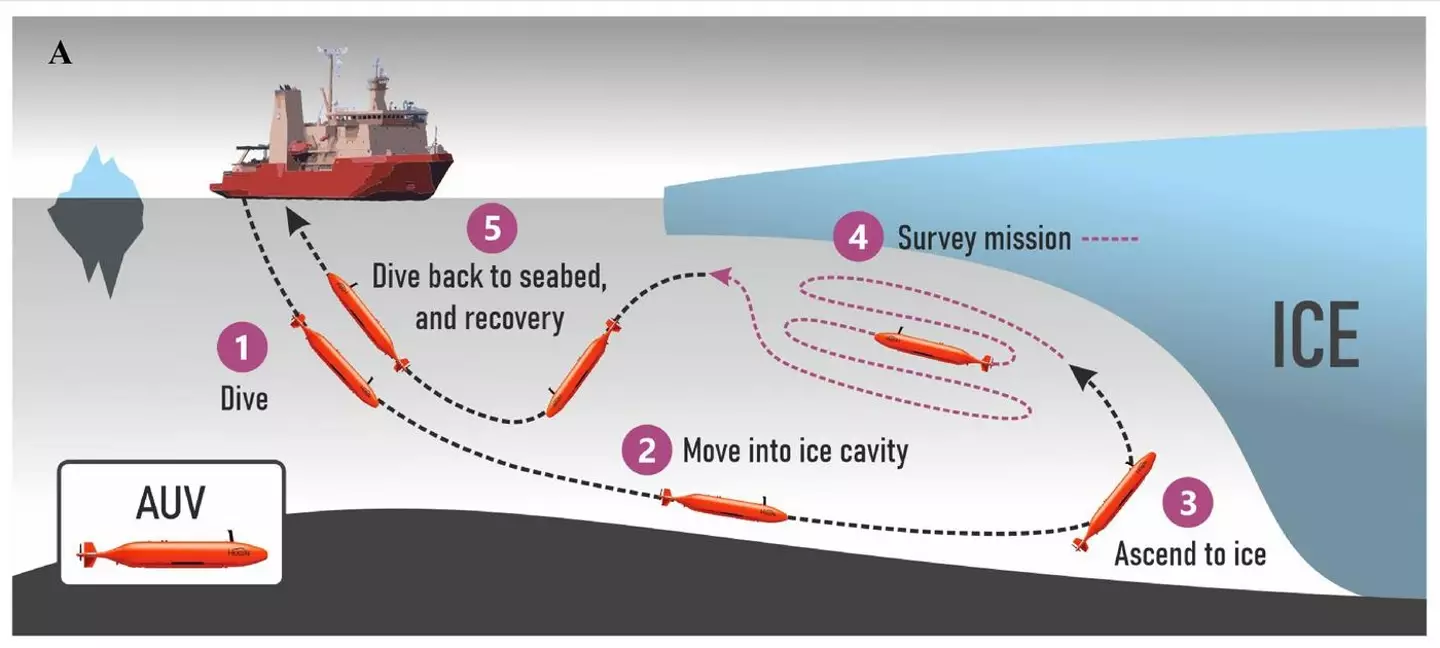 Ran's route (Anna Wåhlin / Science Advances)
Ran's route (Anna Wåhlin / Science Advances)The results
The underwater drone successfully collated the 'first detailed maps of the underside of a glacier'.
It revealed 'new patterns on the glacier base,' showing the surface 'is not smooth but there is peak and valley ice scape with plateaus and formations resembling sand dunes'.
"The researchers hypothesize that these may have been formed by flowing water under the influence of Earth's rotation," the survey added.
The mapping also showed the glacier 'melts faster where strong underwater currents erode its base'.
"Using the submersible, scientistswere able to measure the currents below the glacier for the first time and prove why the western part of the Dotson Ice Shelf melts so fast. They also see evidence of very high melt at vertical fractures that extend through the glacier. . "
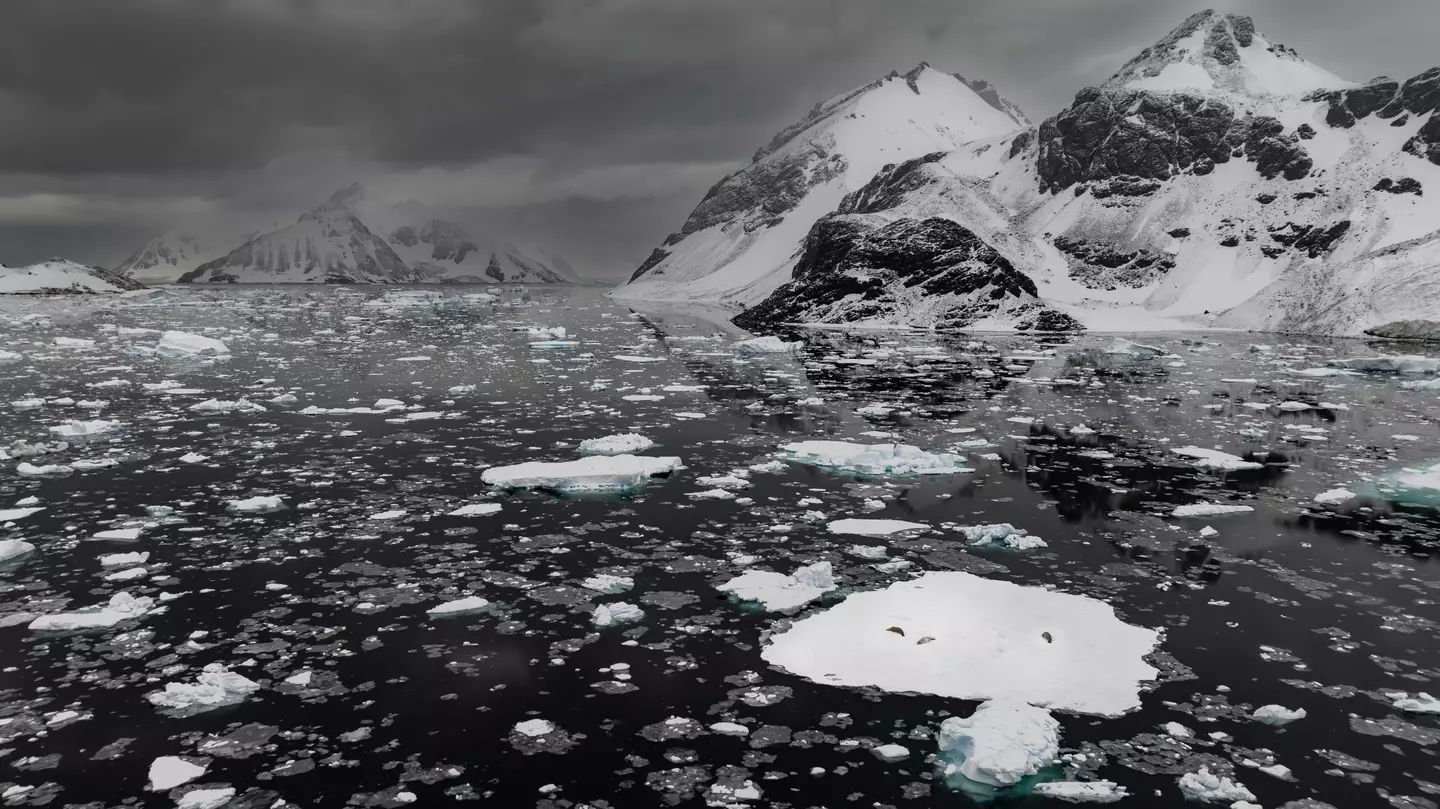
The underside of glaciers could offer clues about 'future sea level rise' (Sebnem Coskun / Anadolu via Getty Image)
What it all means
Maps of the underside of a glacier are crucial in terms of revealing 'clues to future sea level rise' .
Professor of Oceanography at the University of Gothenburg and lead author of the study Anna Wåhlin explained teams have 'previously used satellite data and ice cores to observe how glaciers change over time'.
However, by using the underwater drone, they were 'able to get high resolution maps of the ice underside', which is 'a bit like seeing the back of the moon'.
Glaciologist from the University of Manitoba and co-author Karen Alley said the maps produced by Ran 'represent a huge progress in our understanding of Antarctica's ice shelves' and 'uncovered a more extensive and complete picture than ever before'.
Wåhlin noted there aren't 'many uncharted areas left on Earth', which makes Ran's exploration of the unknown depths below the ice even more exciting. However, the mission also led to Ran having 'disappeared'.
Maps of the underside of a glacier are crucial in terms of revealing 'clues to future sea level rise' .
Professor of Oceanography at the University of Gothenburg and lead author of the study Anna Wåhlin explained teams have 'previously used satellite data and ice cores to observe how glaciers change over time'.
However, by using the underwater drone, they were 'able to get high resolution maps of the ice underside', which is 'a bit like seeing the back of the moon'.
Glaciologist from the University of Manitoba and co-author Karen Alley said the maps produced by Ran 'represent a huge progress in our understanding of Antarctica's ice shelves' and 'uncovered a more extensive and complete picture than ever before'.
Wåhlin noted there aren't 'many uncharted areas left on Earth', which makes Ran's exploration of the unknown depths below the ice even more exciting. However, the mission also led to Ran having 'disappeared'.
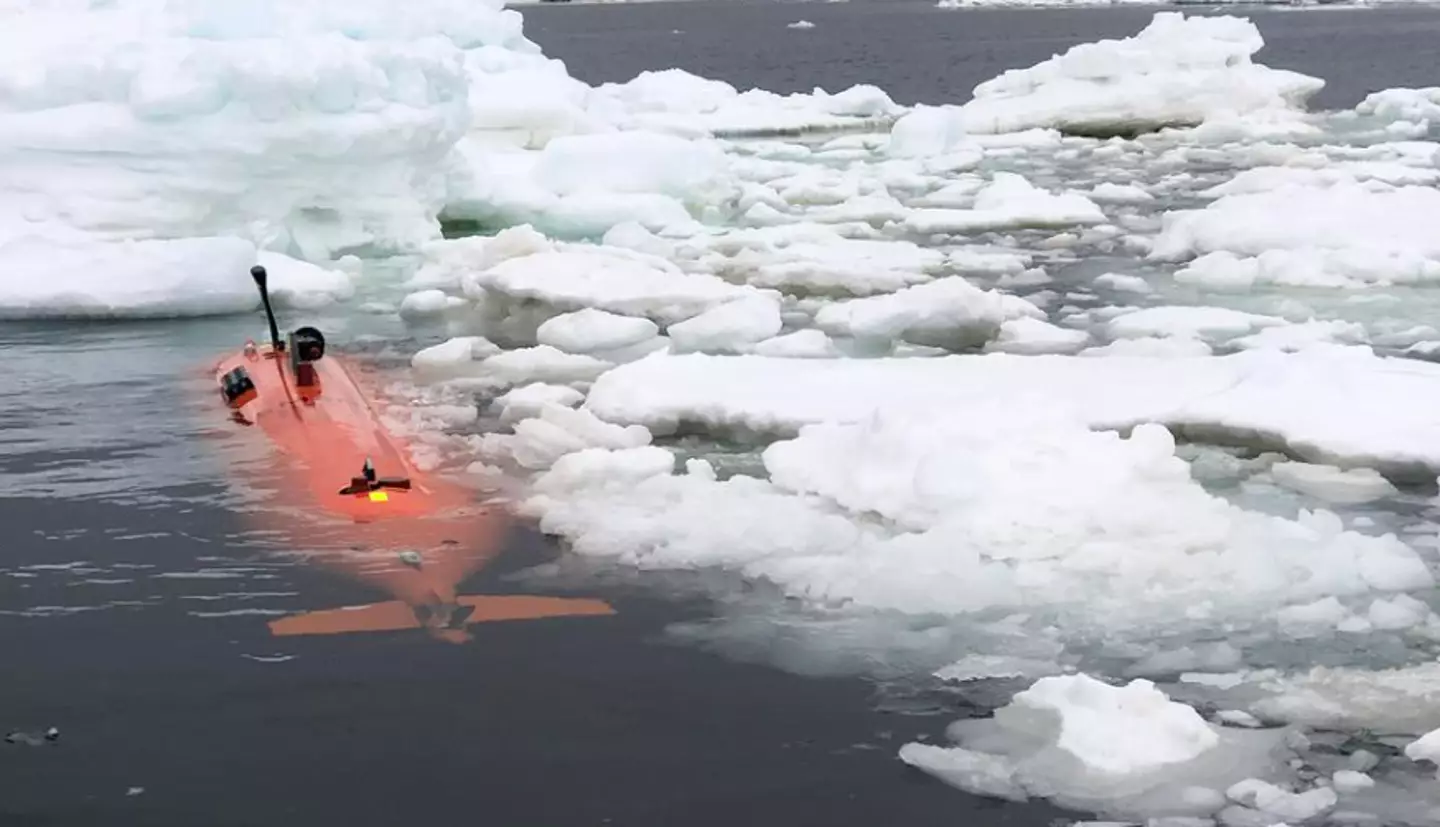
Ran ended up 'disappearing' (Filip Stedt / University of Gothenburg)
Wåhlin continued: "Experience from over 40 missions below ice gave us confidence but in the end the challenging environment beat us," she said.
However, that one dive and Ran's mapping which resulted from it has given researchers 'a lot of new data' to 'look at more closely'.
The professor resolved: "It is clear that many previous assumptions about melting of glacier undersides are falling short. Current models cannot explain the complex patterns we see. But with this method, we have a better chance of finding the answers.
"Better models are needed to predict how fast the ice shelves will melt in the future. It is exciting when oceanographers and glaciologists work together, combining remote sensing with oceanographic field data. This is needed to understand the glaciological changes taking place - the driving force. . is in the ocean.
"[...] Although we got valuable data back, we did hope. These scientific advances were made possible thanks to the unique submersible that Ran was. This research is needed to understand the future of Antarctica's ice sheet.., And we hope to be able to replace Ran and continue this important work.
Wåhlin continued: "Experience from over 40 missions below ice gave us confidence but in the end the challenging environment beat us," she said.
However, that one dive and Ran's mapping which resulted from it has given researchers 'a lot of new data' to 'look at more closely'.
The professor resolved: "It is clear that many previous assumptions about melting of glacier undersides are falling short. Current models cannot explain the complex patterns we see. But with this method, we have a better chance of finding the answers.
"Better models are needed to predict how fast the ice shelves will melt in the future. It is exciting when oceanographers and glaciologists work together, combining remote sensing with oceanographic field data. This is needed to understand the glaciological changes taking place - the driving force. . is in the ocean.
"[...] Although we got valuable data back, we did hope. These scientific advances were made possible thanks to the unique submersible that Ran was. This research is needed to understand the future of Antarctica's ice sheet.., And we hope to be able to replace Ran and continue this important work.
Featured Image Credit: Filip Stedt / University of Gothenburg, courtesy of Anna Wåhlin
Topics: Science , Technology , World News , Environment , Climate Change , Antarctica
.webp)
Experts warn that a glacier the size of Florida is 'in trouble' Niamh Shackleton If you thought the Doomsday Clock was something to worry about, then you'll want to hear about some recent findings about the Doomsday Glacier. The glacier, officially known as Thwaites Glacier, is located in West Antartica and gets its nickname from the impact it could cause on the globe's sea levels.
In comparison to 20,000 years ago, sea level has risen by more than 125 meters (410 ft) as a result of global warming, and the Doomsday Glacier alone holds enough ice to raise the ocean by 3.3 meters.
Over the last 100 years, global temperatures have risen about 1 ° C. While it does not sound like much, it's having detrimental impacts on our planet.
Researchers at the site of the Thwaites Glacier - which is said to be the size of Florida - previously found that deep cracks are forming on the shelf, which helps keep the glacier in one piece.
It was said that these cracks were degrading at a concerning rate, so scientists sent a robot deep down into the icy surface to get a better look at what was going on with the glacier and to see just how bad things were.
The results were published February 2023. The device, named 'Icefin', bored down around 2,000ft and took a collection of photos and video.
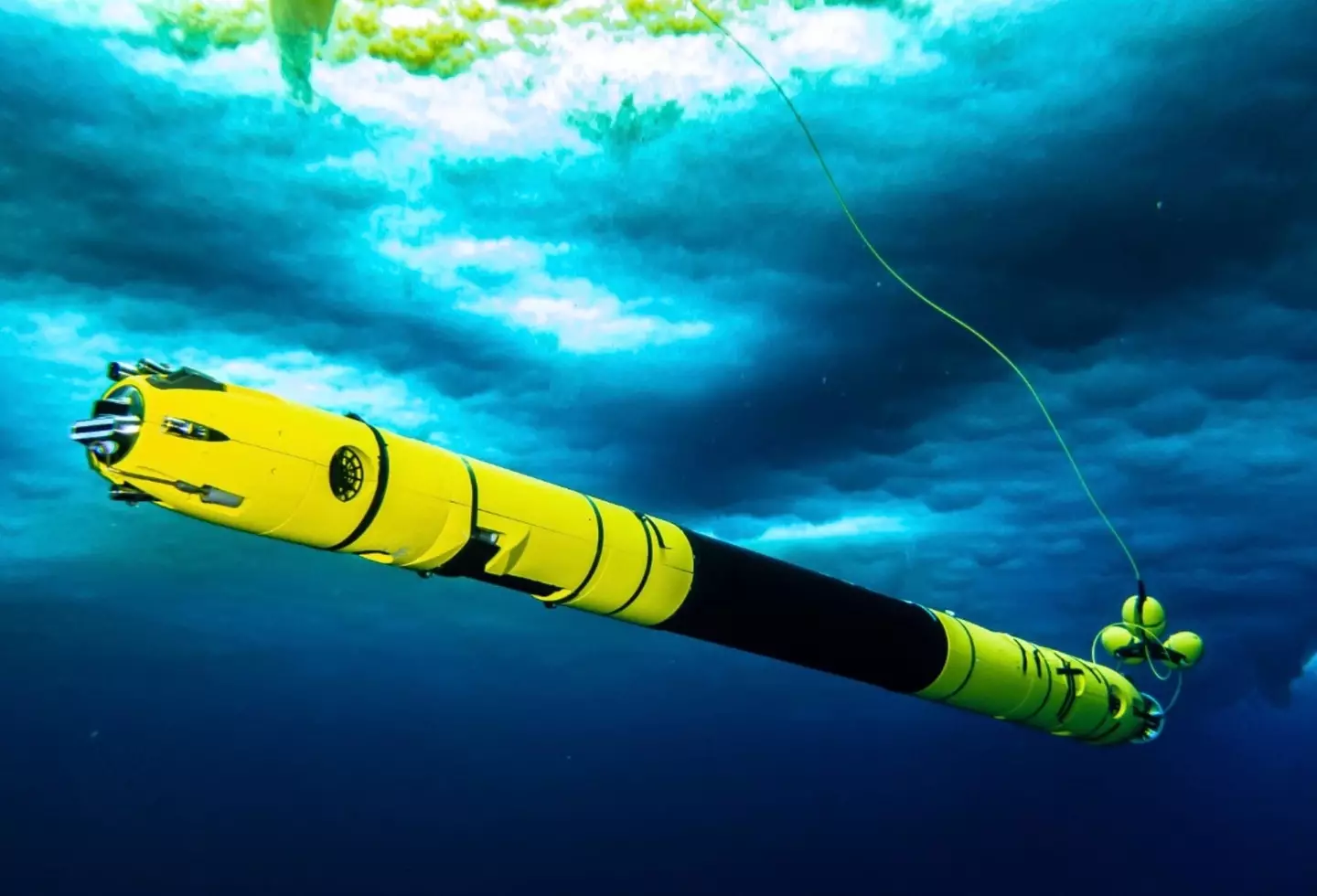
The team sent a robot down beneath the surface of the glacier to see what was going on. (Rob Robbins)
It also recorded vital pieces of date, including temperature and salt levels.
And sadly for us, it was not great news, with fears growing that the rate of melting could lead to its collapse.
In a statement to CNN, lead researcher Peter Davis said it was 'a very nuanced and complex picture'.
Even though the rate of melting wasn't found to be as high as previous estimates, Davis said it wasn't a time for complacency.
He said: "The glacier is still in trouble. What we have found is that despite small amounts of melting there is still rapid rapid rapid glacier retreat, so it seems that it does not take a lot to push the glacier out of balance."
It also recorded vital pieces of date, including temperature and salt levels.
And sadly for us, it was not great news, with fears growing that the rate of melting could lead to its collapse.
In a statement to CNN, lead researcher Peter Davis said it was 'a very nuanced and complex picture'.
Even though the rate of melting wasn't found to be as high as previous estimates, Davis said it wasn't a time for complacency.
He said: "The glacier is still in trouble. What we have found is that despite small amounts of melting there is still rapid rapid rapid glacier retreat, so it seems that it does not take a lot to push the glacier out of balance."

Glaciers are melting at an alarming rate. (Ashley Cooper / Getty Images)
Speaking more recently, Christine Dow, an associate professor of glaciology at the University of Waterloo has said that they hope it'll take at least 500 years for the Doomsday Glacier to melt.
"We really, really need to understand how fast the ice is changing, how fast it is going to change over the next 20 to 50 years," she explained to Scientific American last month.
"We were hoping it would take a hundred, 500 years to lose that ice. A big concern right now is if it happens much faster than that." Featured Image Credit: Peter Davis / British Antarctic Survey / ITGC
Topics: Climate Change , Environment , Science , Antarctica
Speaking more recently, Christine Dow, an associate professor of glaciology at the University of Waterloo has said that they hope it'll take at least 500 years for the Doomsday Glacier to melt.
"We really, really need to understand how fast the ice is changing, how fast it is going to change over the next 20 to 50 years," she explained to Scientific American last month.
"We were hoping it would take a hundred, 500 years to lose that ice. A big concern right now is if it happens much faster than that." Featured Image Credit: Peter Davis / British Antarctic Survey / ITGC
Topics: Climate Change , Environment , Science , Antarctica

